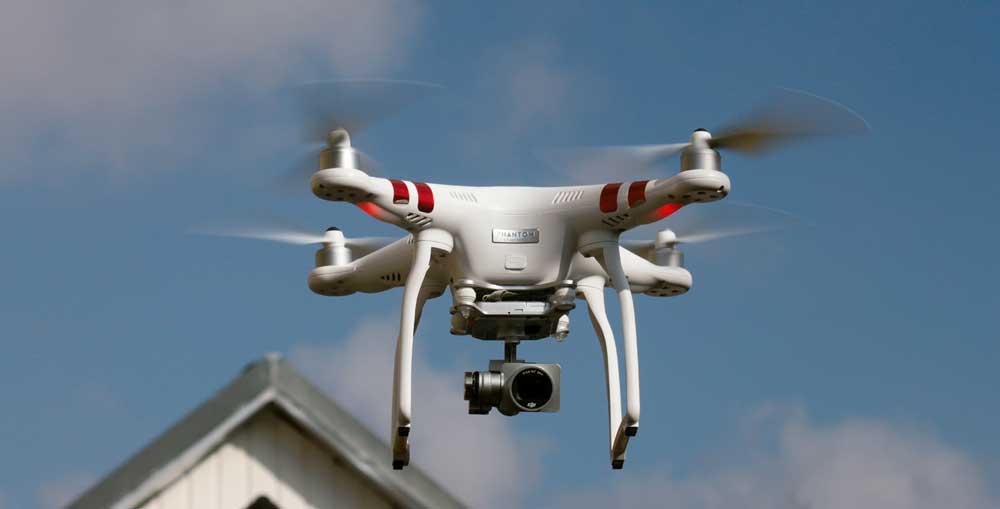Will the Elevator Industry Meet the Future?
Jul 1, 2017

In this Readers Platform, editor asks industry to take factory technology into the field.
While the world of construction is in constant change, there are many more changes to come that will affect it in the future. Just a short list of the items to consider that could change the way we build: drones, action cameras, robots, artificial intelligence, the Internet of Things (IoT), 3D printing, big data and digital transfer of information.
We have seen a couple of recent innovations used in our industry: there is thyssenkrupp’s HoloLens that allows a mechanic on the job to access the data he/she needs to do the job and have that information displayed before their eyes. Otis recently introduced an alarm that alerts a technician entering the hoistway that caution is needed. The uses of digital assistants (mobile phones or tablets) and software that can dispatch technicians, track their hours on each job, order parts remotely and bill the job out are prevalent in the industry. These same devices can be used to run safety meetings and benchmark the results for technicians who work alone or remotely.
Technology has, of course, already had a big impact on the factory floor, with component manufacturers adopting ever-more automated processes in their quest to improve productivity, quality and, ultimately, profitability. Whether it’s drilling holes, making welds or milling parts, robots and the increasingly sophisticated programs that control them are being used to great effect in industry. The precision and speed of these technological marvels mean less waste and higher output than was conceivable a few years ago.
But, there is so much more possible:
- Artificial intelligence (AI) is already being successfully used in the field. In one example, drones will survey construction sites to quickly gather data. Linked through cloud computing with the IoT, this information can then be transformed via AI into 3D maps and blueprints.
- Plans produced can be 3D or holographic and become the single “point of truth” for architects, engineers, developers, contractors, customers and technicians. This would allow everyone to see changes instantly via connected devices.
- Autonomous machines (cranes, trenchers, etc.) could be sent out and controlled remotely by skilled technicians miles away.
- Drones could inspect the job daily and report on progress, allowing for planned use of the workforce and constant update of the holographic plans.
- 3D printers could spit out cement, bricks, wallboard, nails, screws or studs directed remotely by AI. Or, how about guide rails produced as needed onsite?
- Embedded sensors linked to the IoT can provide a range of data, such as critical temperature and humidity readings that let contractors know when poured concrete is properly dried and cured.
- Building information modeling (BIM) allows designers to use 3D models to visualize and optimize how structures’ different components will work together.
- Robots could do extreme labor (without breaks, medical or overtime), just as they currently do in factories. The skill needed to run them would be high level.
- Surveillance on jobsites could be used for myriad things: safety surveys, anti-theft protection and precise supervision of multiple jobsites.
- Intrusion-alert devices could warn technicians when they might be stepping into a dangerous area.
- Software can be taught to recognize when people are present at a jobsite and determine whether they are wearing safety equipment.
According to Engineering News-Record, productivity in worldwide manufacturing has risen 3.6% a year over the past two decades. Much of this is due to automation and the use of robotics. Construction productivity, however, is lagging and has actually declined since the 1960s. Some of this is attributed to skills shortages. A recent report by the World Economic Forum (WEF) states that tools such as BIM and 3D printing have begun to change the way infrastructure and assets are built, but new digital technologies are still not being used in construction to a degree that would improve productivity. WEF, citing a study by the Boston Consulting Group, found that digital engineering and construction “levers” could reduce total lifecycle costs for a typical office building by 15% and could reduce construction time by as much as 30%.
Large contractors and builders are moving rapidly into the future, but, except for the few instances mentioned above, this is not happening in our industry. Please, tell me I’m wrong about this! I hope the stories pour in telling us how the elevator industry is ahead of the game in using all the technology available.
Get more of Elevator World. Sign up for our free e-newsletter.









